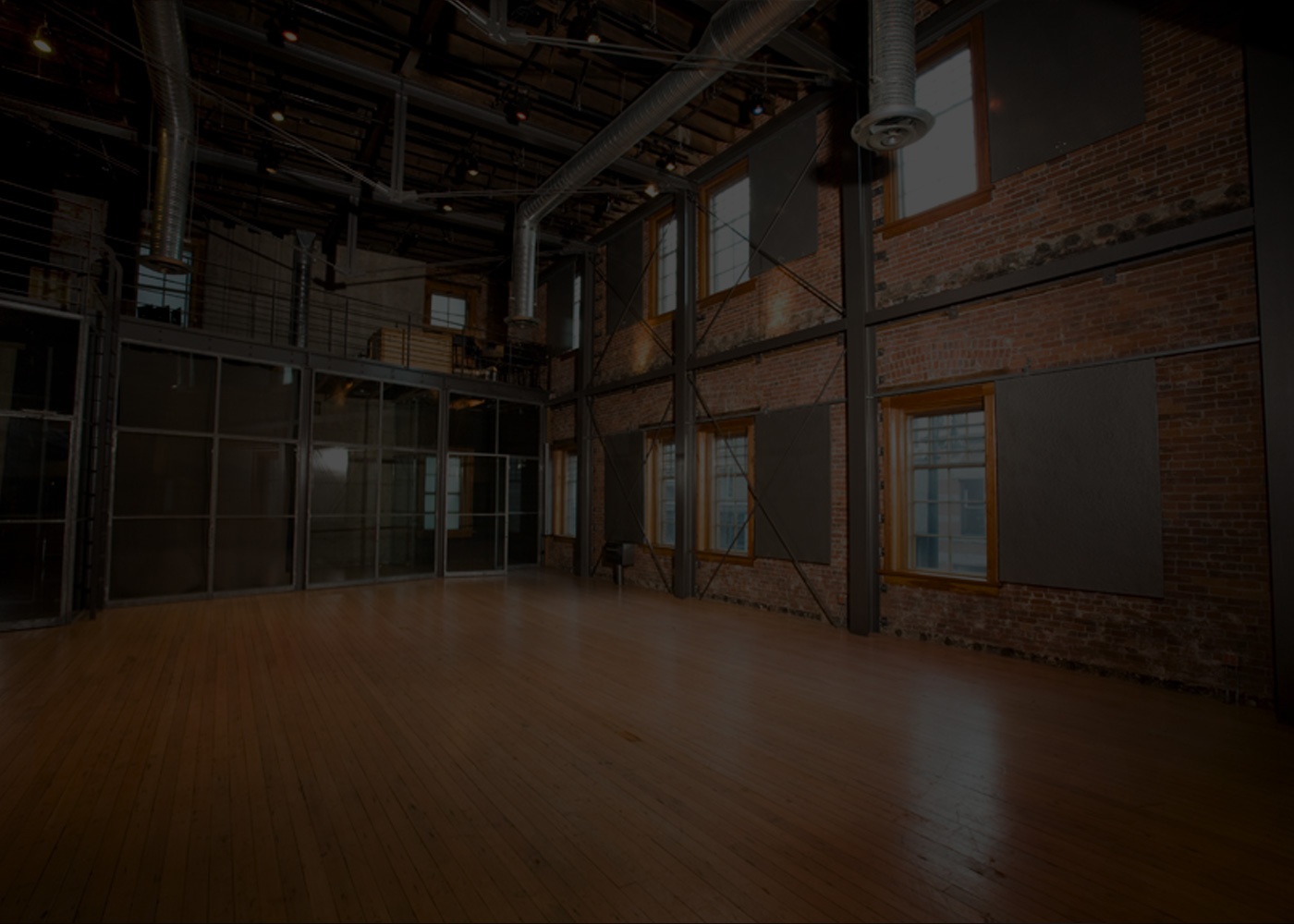
Canada’s commercial real estate went through an interesting third quarter, with $11.2 billion being invested, setting a record for any 90-day period. Foreign capital continues to be a driver in the market according to information from various sources like CBRE and Colliers Canada as $3 billion of the 11.2 came from abroad (90% of that $3 billion directed at hotels). Given the state of the market and continual growth in revenue quarter-over-quarter, it only makes sense to take a look at where the market is headed in 2017.
Industry drivers will continue to encourage growth
Urban intensification has played a big role in both the office and retail real estate segment in many Canadian cities. People are continually looking to stay in the inner-cities as opposed to the broader suburbs for both work and play.
As office tenants and retailers’ operations continue to shift with the changing times, it’s very likely that this will impact the way landlords lease out commercial spaces with opportunity for more flexibility.
What does Trump’s win mean for the market?
Although it’s probably too difficult to really say how Trump’s election will impact Canada’s real estate market, it can be beneficial for those people in the U.S. that already see Canada as an attractive, stable place.
Analysts are currently predicting that rather than a mass migration of Americans to Canada there will be more foreign investment with the low Canadian dollar and other factors. Along with this, Canadians currently investing into properties south of the border will begin looking for a way out, but more due to reasons such as global warming and the weak Canadian dollar, as opposed to Trump’s election.
Canadian lenders warned to stay cautious
As Canadian debt continues to grow faster than household incomes, lenders need to stay on their toes. House prices have been rising for several years and interest rates have remained at all-time lows resulting in complacency.
This warning to lenders is concerning when it comes to the commercial real estate market given the higher costs of the investments. Urban intensification is continually driving prices up across the GTA and right down to Niagara, and investment dollars are crucial for small and medium-sized businesses looking for spaces to grow their bottom-line.
With so much happening in 2016 it’s hard to predict where the commercial real estate industry is headed in 2017. There are tons of predictions that can be made given the state of the market today, but we won’t be able to get a better idea of the market until 2016 comes to a close and we get into the first quarter of 2017.




